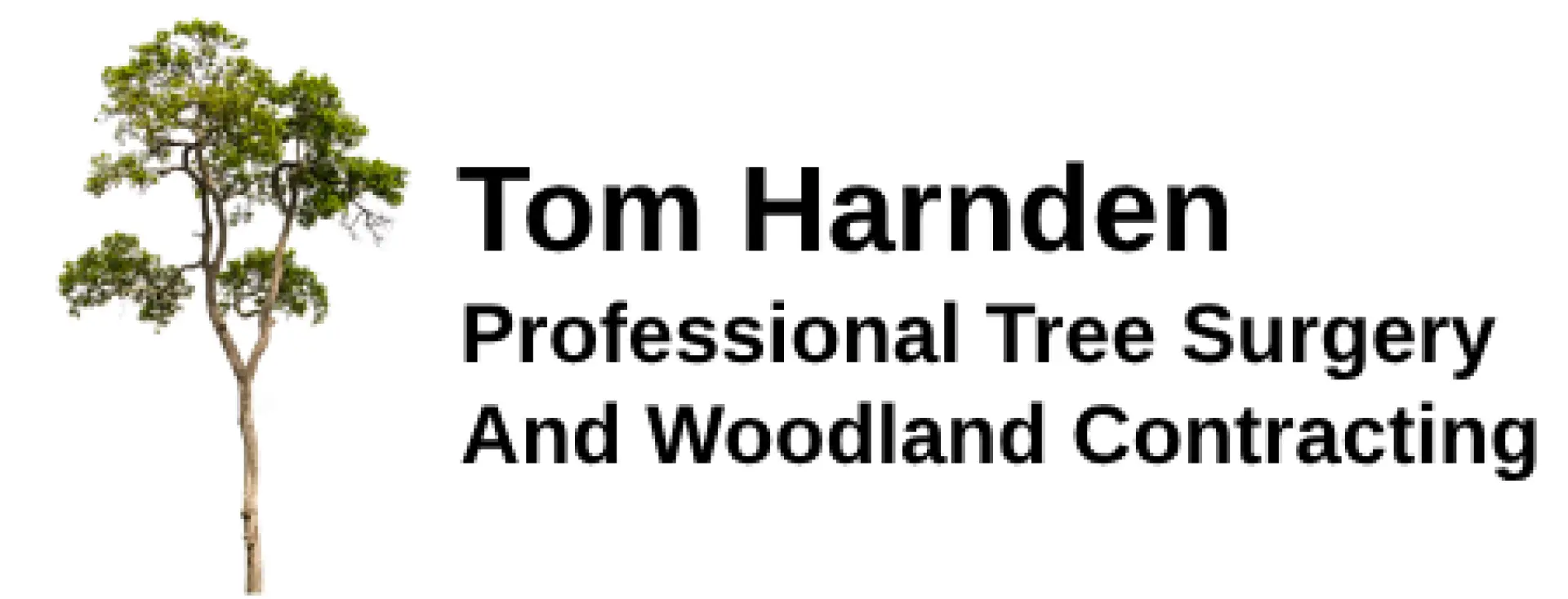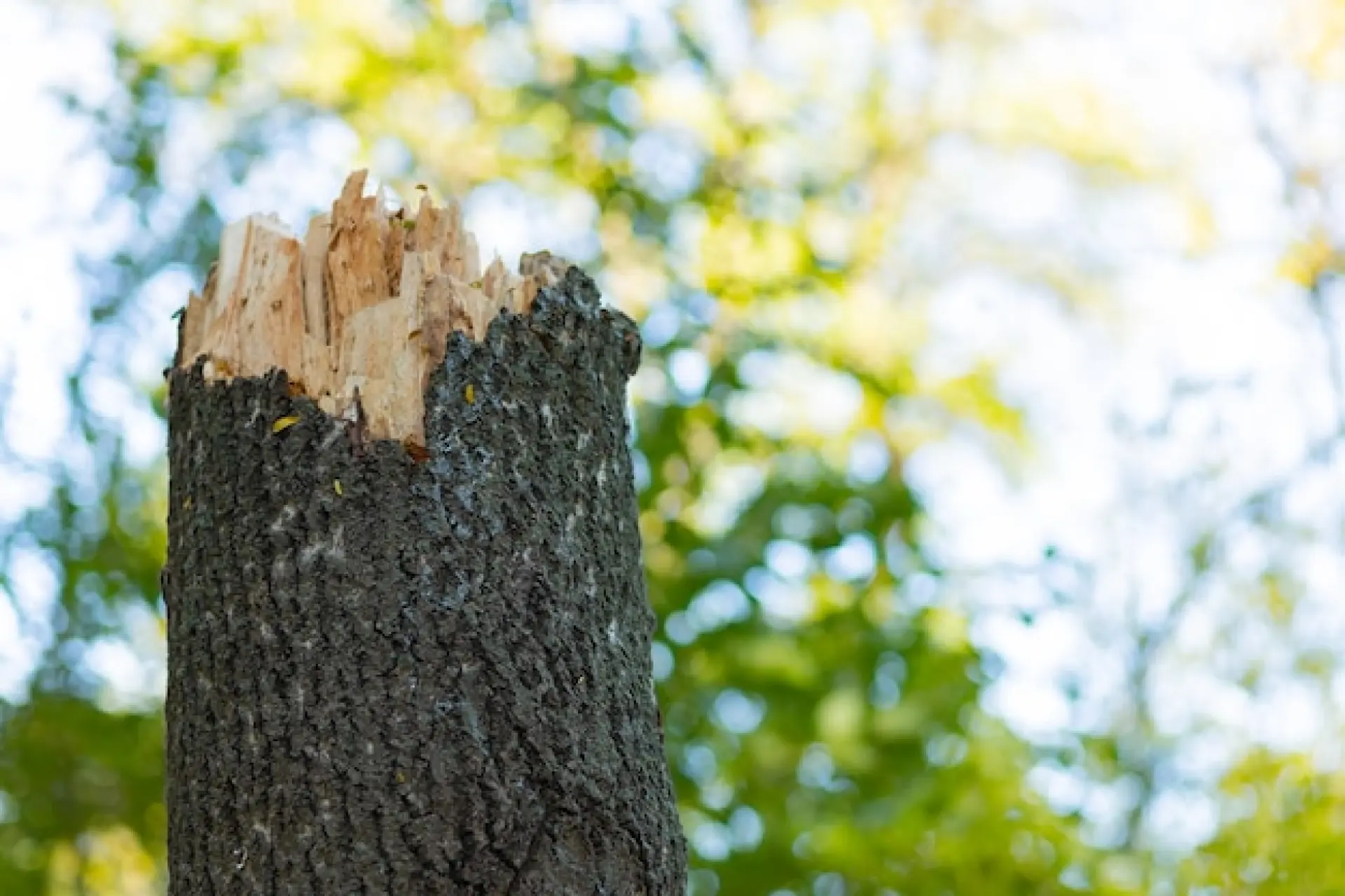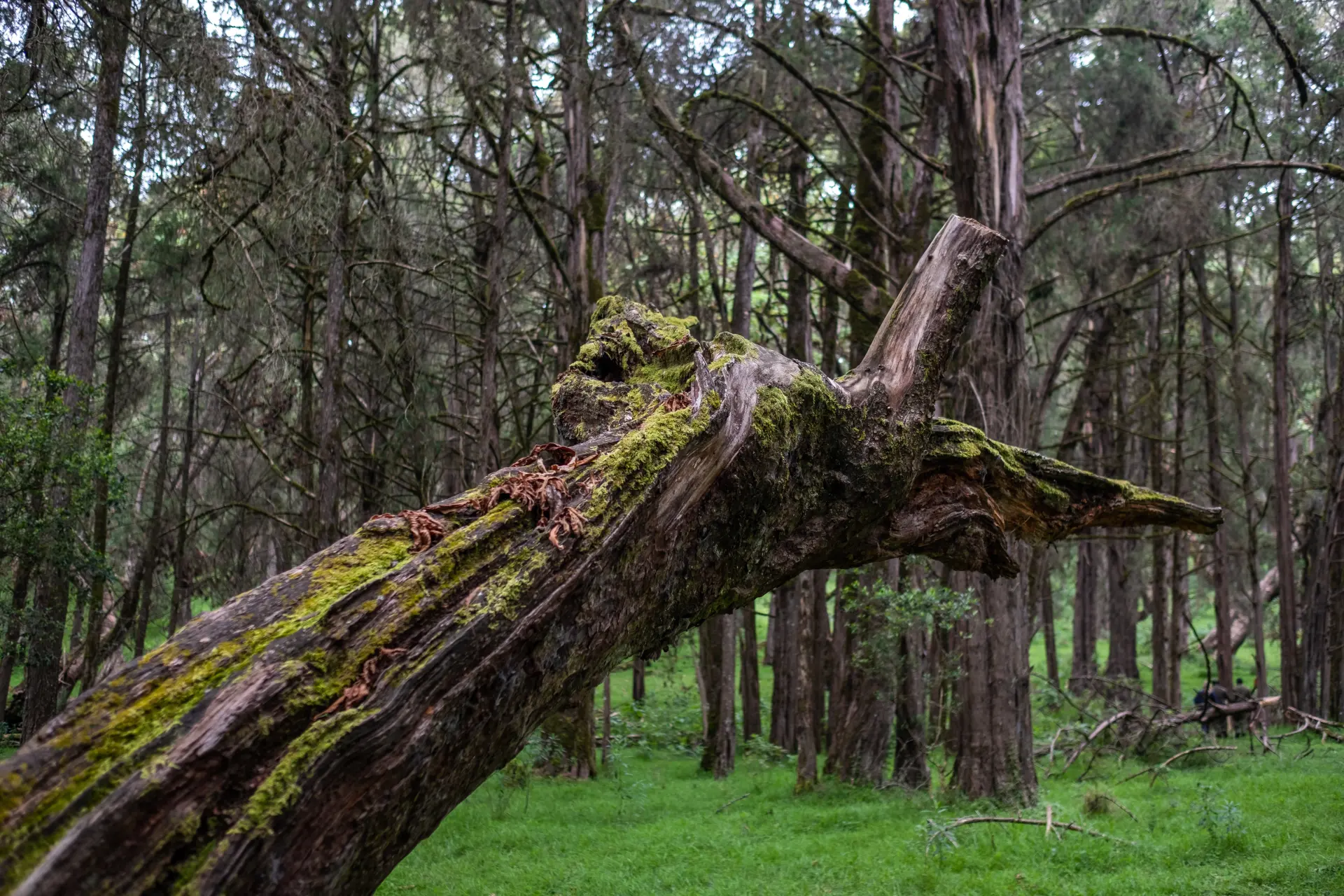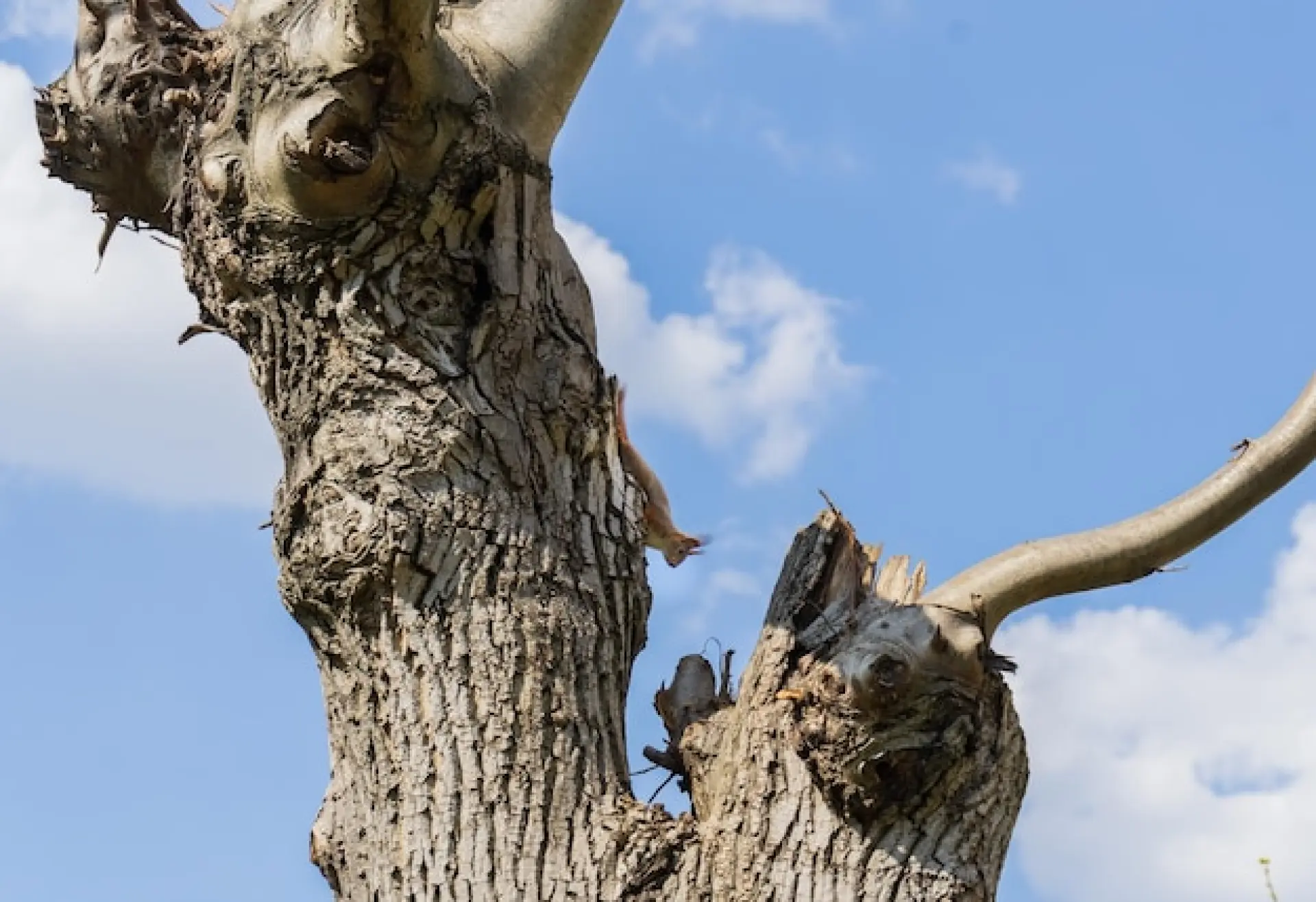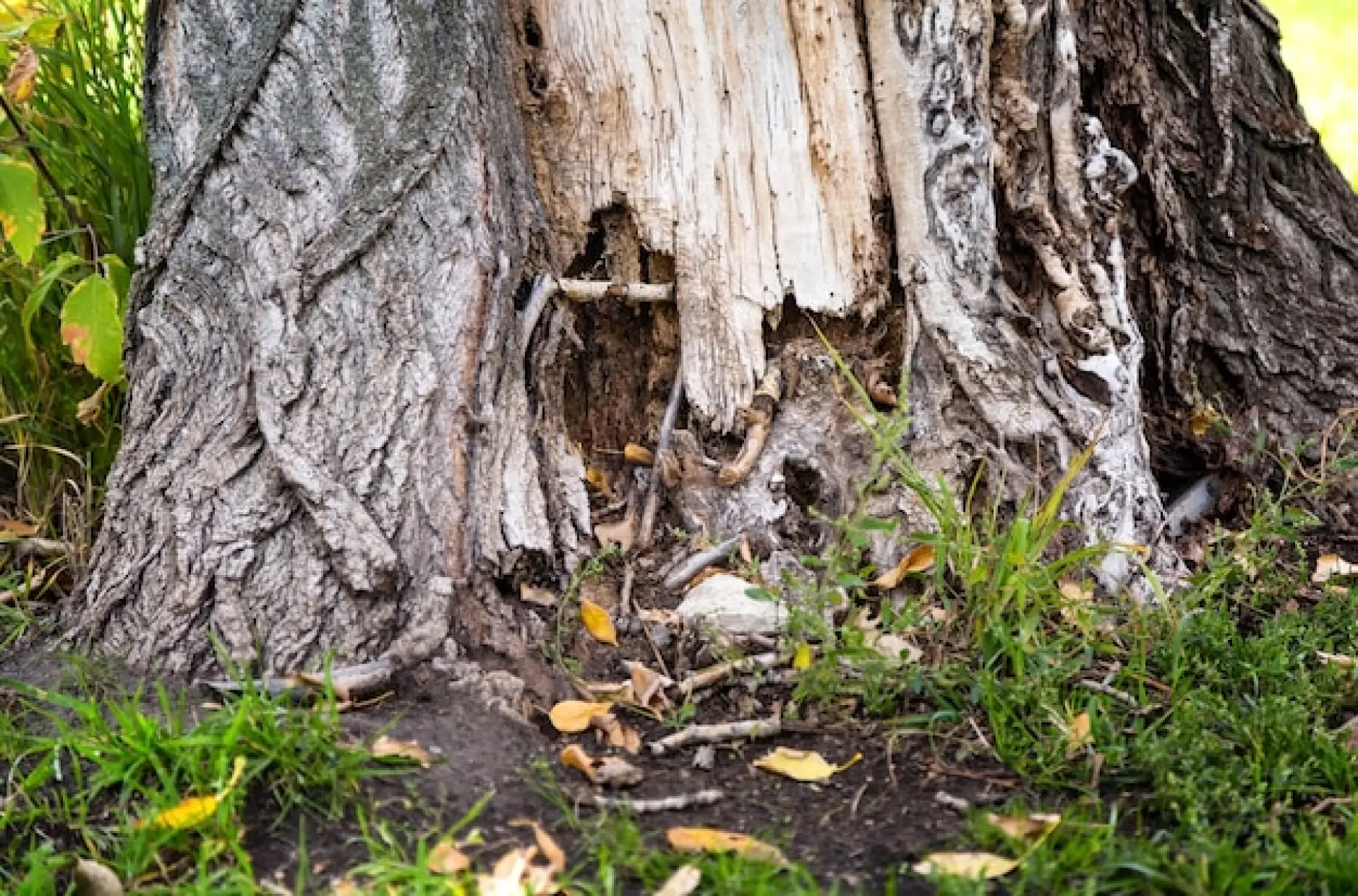Learn about the main challenges faced in timber extraction, such as steep terrain and environmental restrictions, and find out how to navigate these issues efficiently and sustainably.
Difficult Terrain and Site Access
Timber extraction often comes with significant logistical challenges, and one of the most common challenges is steep or uneven terrain, particularly in upland areas. Steep slopes can make it harder for harvesting machinery like forwarders and skidders to operate safely.
Specialised equipment, such as winch-assisted systems or cable extraction methods, are often needed on uneven grounds, and they are typically time-consuming and expensive to use.
Wet or soft ground conditions can also cause problems, especially in lowland areas with clay or peat soils. Heavy machinery can easily damage the soil and cause compaction, rutting or erosion.
This not only affects the tree's growth and health, but it can also breach environmental guidelines. To reduce this risk, timber extraction services may need to be limited to dry or frozen conditions, which narrows down the available harvesting window significantly.
Environmental Impact and Regulations
Timber extraction in the UK is heavily influenced by environmental concerns and strict regulatory frameworks. While timber extraction and harvesting are essential for producing renewable resources, timber operations must be carefully managed to protect ecosystems, biodiversity, and public interests. Failure to consider these factors can result in legal penalties, environmental damage, and long-term harm to woodlands.
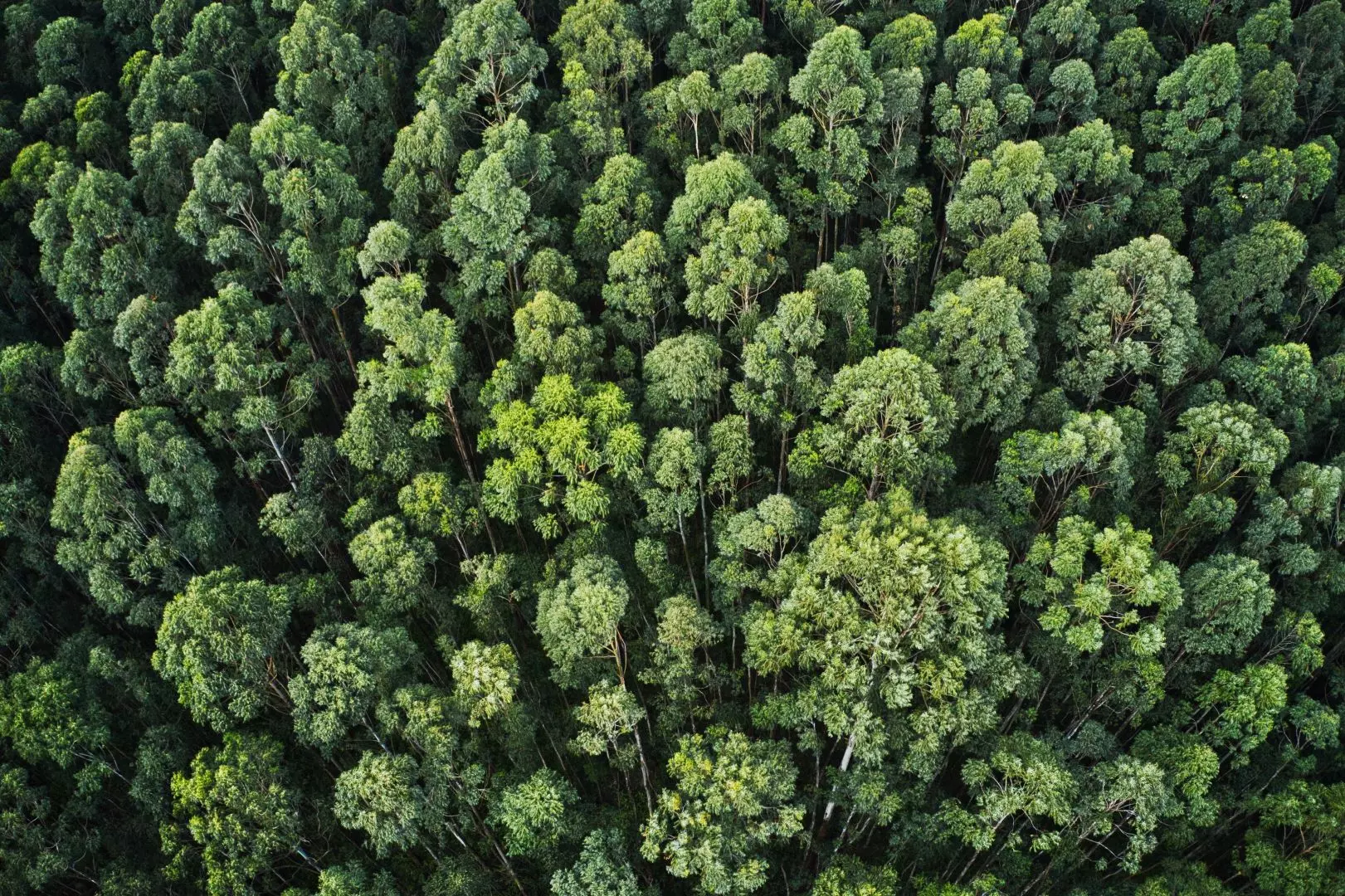
One of the main challenges is the potential environmental impact of extraction activities. Timber harvesting can disturb wildlife habitats, damage soils, and affect the water quality if it's not planned properly.
Using heavy machinery on soft ground can cause soil compaction and erosion, while poor drainage can cause sediment to run into nearby streams or rivers.
To address these concerns, timber operations in the UK must follow strict environmental regulations. The Forestry Commission, along with agencies like Natural England and the Environment Agency, oversees the Forestry Act, the Wildlife and Countryside Act, and Environmental Impact Assessment (EIA) regulations. These laws aim to ensure that timber extraction is done responsibly and sustainably.
Before any significant felling takes place, operators must obtain a Felling Licence, unless an exemption applies. This ensures that the harvesting plans meet all the legal standards for replanting, biodiversity protection, and landscape considerations. In certain cases, particularly in sensitive habitats, additional permissions and environmental assessments may be required.
Soil Disturbance and Erosion Risks
Soil disturbance and erosion risks are significant challenges in timber extraction operations. Forest soils are a vital part of the ecosystem since they support the trees' growth, regulate the water flow, and store carbon. When timber harvesting isn't managed carefully, heavy machinery and poor planning can cause long-term damage to the soil.
One of the main risks is soil compaction, which happens when the weight of the harvesting equipment compresses the soil. Compacted soil reduces the air and water movement, which limits a tree's root growth and reduces the forest's ability to regenerate after being harvested. This can cause new trees to grow slower and reduce the forest's resilience to weather damage, pests and diseases.
Rutting, or the formation of deep tracks from vehicle tyres, is another issue, especially in clay-rich or peat soils. Rutting damages the soil's structure, disrupts drainage, and creates potential channels for soil erosion, especially on sloped sites or during heavy rain.
Erosion can remove nutrient-rich topsoil, degrade the water quality in nearby streams or rivers, and damage aquatic habitats. This erosion harms biodiversity, and it can also breach environmental regulations, which can lead to fines or enforcement action from the Forestry Commission or Environment Agency.
To minimise these risks, operators may need to wait for dry or frozen ground conditions before harvesting timber. In some areas, temporary corduroy roads or brash mats made from branches and logging debris can be used to spread the machinery's weight and protect the soil.
Protecting Wildlife and Natural Habitats
Timber extraction must be managed carefully to protect natural wildlife and habitats. Woodlands are home to a wide range of species, including birds, bats, deer, insects and rare plants. One of the main concerns of timber extraction is disturbing nesting or breeding animals, especially during the spring and early summer.
Many birds are legally protected under the Wildlife and Countryside Act, which makes it an offence to damage or destroy active nests. Before timber can be harvested, a site survey will need to be done to identify any protected species and their habitats.

Another issue is the risk of fragmenting habitats. Large-scale or poorly planned harvesting can break up the woodland, making it harder for species to move, feed, and breed. To reduce this impact, it's crucial to keep the habitat connected; this includes wildlife corridors and buffer zones.
Noise, machinery, and human presence can also cause stress for the local wildlife, which can cause long-term changes in their species' behaviour or even population. Forestry operations, like timber extraction, often adhere to seasonal guidelines to reduce these effects, especially during sensitive periods.
In summary, protecting wildlife and natural habitats is a major challenge in timber extraction operations across the UK. Through environmental surveys, careful planning, and compliance with regulations, it's possible to carry out forestry work that supports biodiversity and meets both conservation and commercial goals.
Tom Harnden Professional Tree Surgeons provides professional timber extraction and harvesting services across Malvern, Ledbury and Worcester. We specialise in sustainable forest management, felling, extraction, and site restoration. Our experts use modern equipment to deliver efficient, environmentally friendly services that support your woodland's health, biodiversity and timber production.
